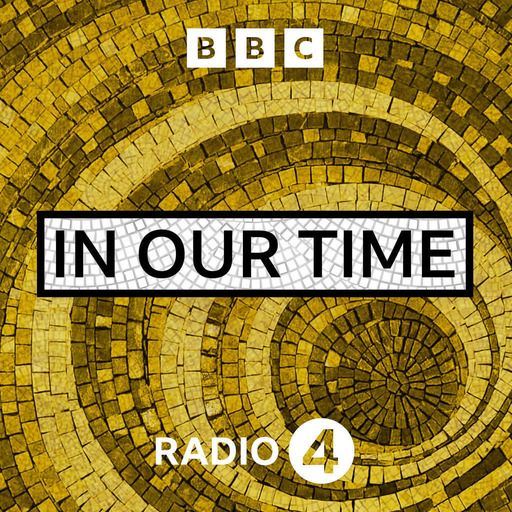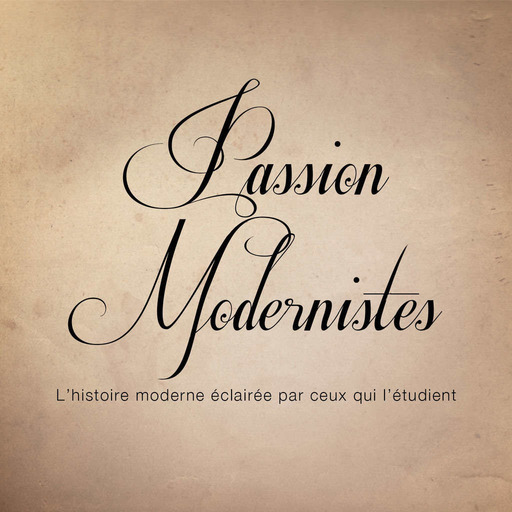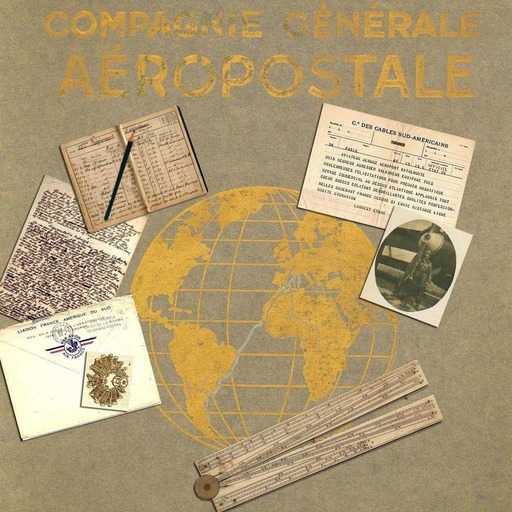While glass items have been made for at least 5,000 years, scientists are yet to explain, conclusively, what happens when the substance it's made from moves from a molten state to its hard, transparent phase. It is said to be one of the great unsolved problems in physics. While apparently solid, the glass retains certain properties of a liquid. At times, ways of making glass have been highly confidential; in Venice in the Middle Ages, disclosure of manufacturing techniques was a capital offence. Despite the complexity and mystery of the science of glass, glass technology has continued to advance from sheet glass to crystal glass, optical glass and prisms, to float glasses, chemical glassware, fibre optics and metal glasses.
With:
Dame Athene Donald Professor of Experimental Physics at the University of Cambridge and Master of Churchill College, Cambridge
Jim Bennett Former Director of the Museum of the History of Science at the University of Oxford and Keeper Emeritus at the Science Museum
Paul McMillan Professor of Chemistry at University College London
Producer: Simon Tillotson.


 Emissions
Emissions





